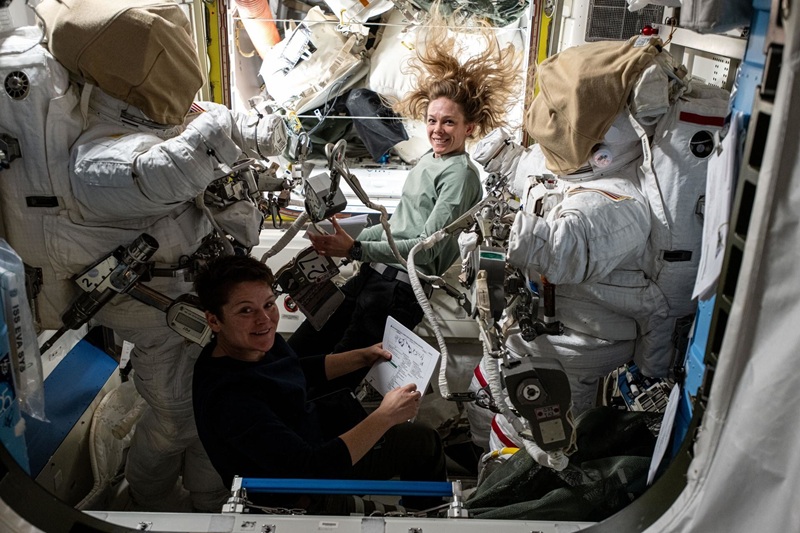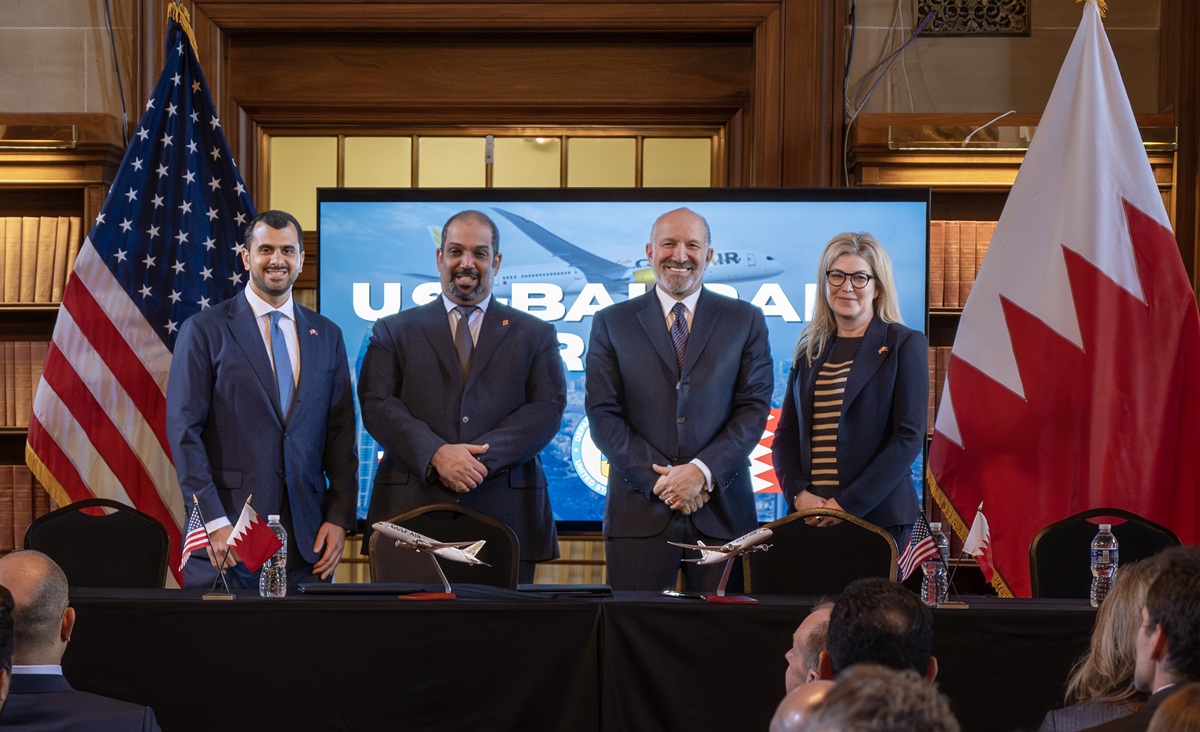In an fusion of education and space exploration, NASA astronauts Nichole Ayers and Anne McClain, currently aboard the International Space Station (ISS), are set to answer prerecorded questions from students in Bethpage, New York. This unique Earth-to-space interaction, scheduled for May 16, 2025, promises to spark young imaginations and deepen their engagement with science, technology, engineering, and mathematics (STEM).
Hosted by Central Boulevard Elementary School, the 20-minute live broadcast will be available on NASA’s STEM YouTube Channel, inviting viewers worldwide to witness this extraordinary dialogue between young learners and astronauts orbiting 250 miles above Earth. The students’ questions reflect a year-long commitment to learning, highlighted by their reading program, “Reading is a Blast-Exploring a Universe of Stories,” which celebrates the power of literacy alongside scientific discovery.
This event is more than a Q&A; it is a celebration of curiosity and the human spirit’s quest for knowledge. By engaging directly with astronauts who live and work in the microgravity environment of the ISS, students gain a rare glimpse into the realities of space life and the cutting-edge science conducted beyond our atmosphere.
For over 24 years, the ISS has been a continuous outpost of human presence in space, a testament to international cooperation and scientific advancement. Astronauts aboard this orbiting laboratory conduct vital research that benefits life on Earth and prepares humanity for future deep-space missions. They communicate 24/7 with NASA’s Mission Control Center in Houston through the Space Communications and Navigation (SCaN) Near Space Network, ensuring seamless operations and support.
Research aboard the ISS spans numerous disciplines-from studying fluid shifts in the human body and changes in vision during long-duration spaceflight to testing advanced technologies such as power generation, air and water recycling, and carbon dioxide removal systems. These innovations not only pave the way for longer missions to the Moon and Mars but also have practical applications on Earth, improving health, environmental monitoring, and technology development.
This educational event coincides with NASA’s ambitious Artemis campaign, which aims to establish a sustainable human presence on the Moon and prepare for the first crewed missions to Mars. Artemis represents a new era of exploration, leveraging partnerships with commercial and international collaborators to push the boundaries of human spaceflight.
Unlike the Apollo missions of the 1960s and 70s, Artemis focuses on the lunar South Pole, a region untouched by humans, rich with scientific potential. The program will land the first woman and the first person of color on the Moon, inspiring a new generation of explorers known as the Artemis Generation. These missions will build infrastructure such as the Gateway lunar space station and develop advanced spacesuits and landing systems, setting the stage for humanity’s next giant leap to Mars.
Upcoming Artemis missions include:
Artemis II: The first crewed flight beyond the Moon, planned for early 2026.
Artemis III: The historic lunar landing mission, expected in mid-2027, where astronauts will explore the lunar surface, collect samples, and conduct scientific experiments.
Artemis IV and V: Missions that will expand lunar infrastructure and continue surface exploration, involving international partners and commercial spacecraft.
NASA’s commitment to exploration is not only about reaching new frontiers but also about inspiring people on Earth. The Artemis program embodies this vision by investing in American ingenuity and leadership to advance scientific understanding and develop technologies that benefit all humanity.
The ISS serves as a vital proving ground for these efforts, enabling astronauts like Ayers and McClain to test equipment, conduct experiments, and gain experience living in space. Their work informs the design of spacecraft, habitats, and life support systems that will sustain future explorers on the Moon and Mars.
By connecting astronauts with students, NASA bridges the gap between space missions and education, making the cosmos accessible and relevant. The upcoming call with Bethpage students exemplifies how hands-on learning and direct engagement can ignite passion for STEM fields.
As students share their questions and showcase their reading achievements, they become part of a larger narrative of exploration and discovery. This interaction not only enriches their understanding but also encourages them to envision themselves as future scientists, engineers, and astronauts contributing to humanity’s journey beyond Earth.
As the Artemis program prepares to return humans to the Moon and eventually send them to Mars, moments like these-where young minds connect directly with the explorers of today-are crucial. They nurture the Artemis Generation, ensuring that the spirit of discovery continues to thrive and that the next chapters of space exploration are written by inspired, informed, and courageous individuals.





